This Stunning Black-And-Yellow Bird Looks Like Some Adorable Fictional Character Out Of A Cartoon
We are mostly not ornithologists and are often confused between wingy species that look similar. Nevertheless, once you see these unique little guys with cartoon-like plumage as if painted black and yellow, you will never forget or mistake them for any other birds on the planet.
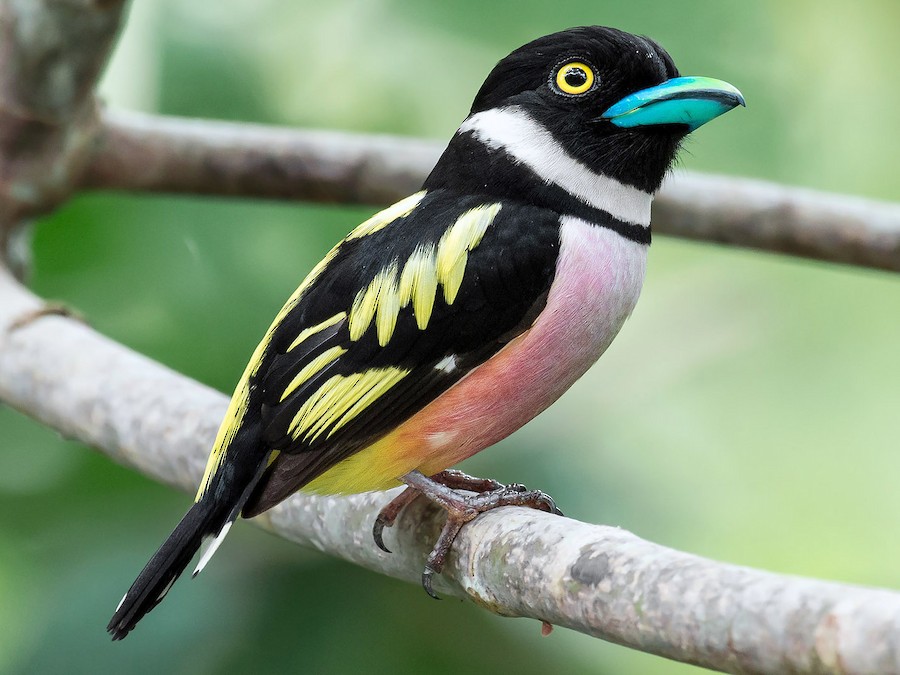 Source: Natthaphat Chotjuckdikul, Ban Krang Campgrounds, Phetchaburi, Thailand
Source: Natthaphat Chotjuckdikul, Ban Krang Campgrounds, Phetchaburi, Thailand
Advertisement
Meet the black-and-yellow broadbill (Eurylaimus ochromalus), a species in the typical broadbill family suboscine passerine birds! These broadbills are utterly unmistakable in their costume of black, white, yellow, and pink and have bright blue, wide, deep-based bills, typical of the broadbills.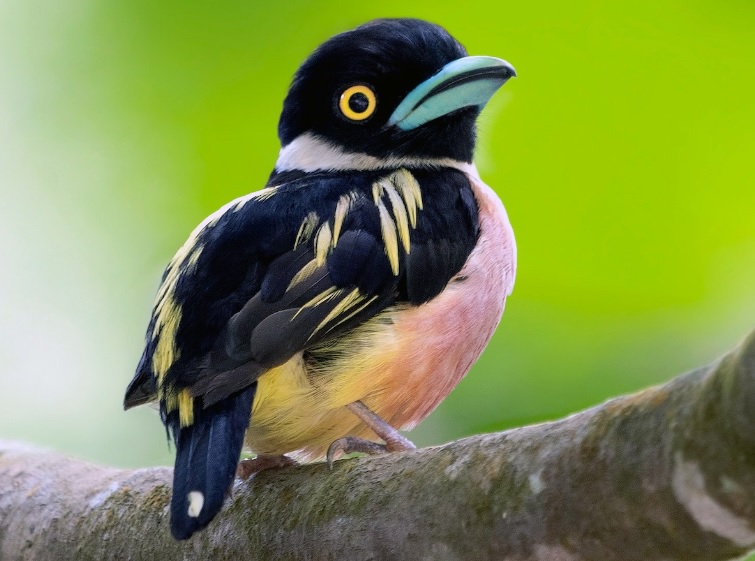 Source: Wai Loon Wong, Gunung Panti RF, Johor, Malaysia
Source: Wai Loon Wong, Gunung Panti RF, Johor, Malaysia
Advertisement
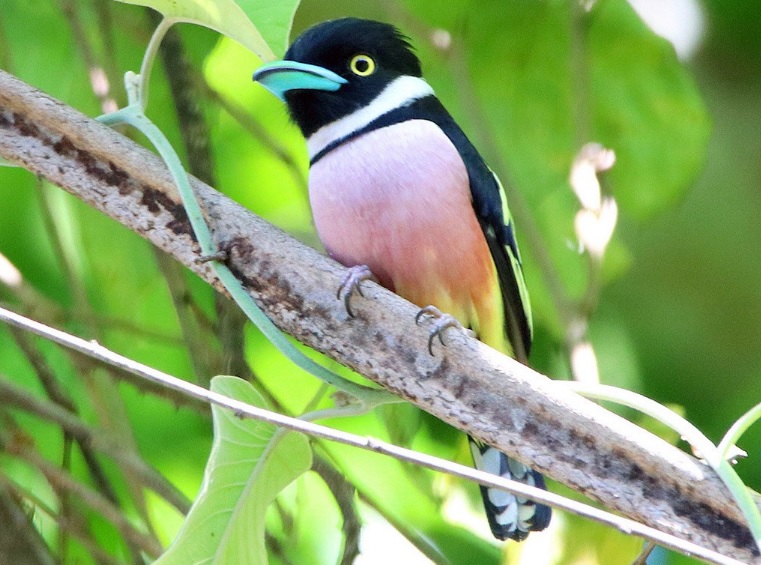 Source: Tim Avery, Km.13 vicinity, Phetchaburi, Thailand
Source: Tim Avery, Km.13 vicinity, Phetchaburi, Thailand
Advertisement
The black-and-yellow broadbill is found in Malaysia, Thailand, Myanmar, Singapore, and Brunei. This bird mainly feeds on insects and forages at middle to high levels in lowland and hill forests, frequently moving with mixed-species flocks and sallying out from a perch.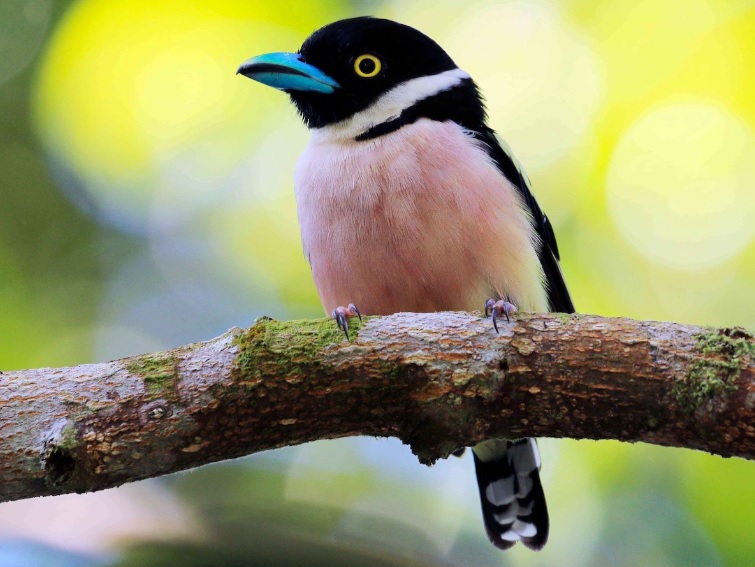 Source: Neoh Hor Kee, Sungai Sedim Recreational Forest, Kedah, Malaysia
Source: Neoh Hor Kee, Sungai Sedim Recreational Forest, Kedah, Malaysia
Advertisement
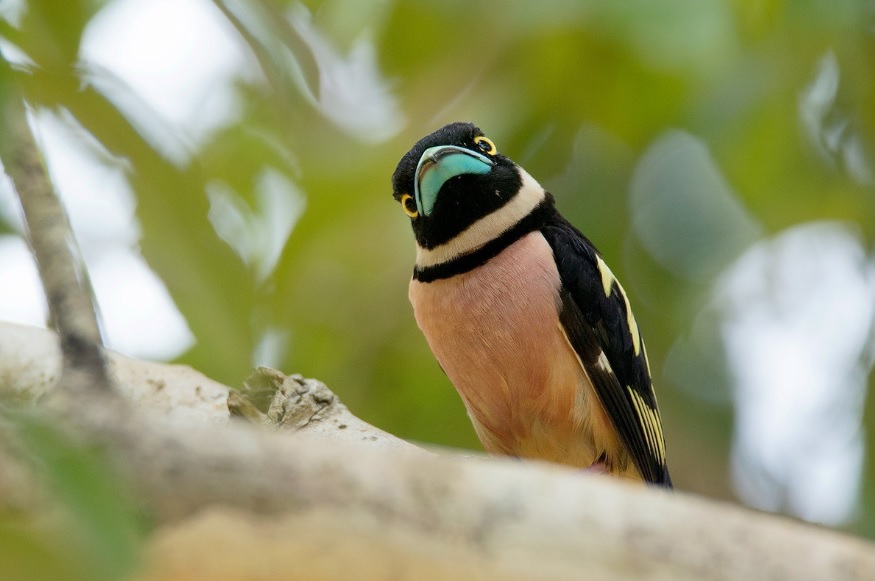 Source: Ayuwat Jearwattanakanok, Songkhla side, Songkhla, Thailand
Source: Ayuwat Jearwattanakanok, Songkhla side, Songkhla, Thailand
Advertisement
Their song is disproportionately loud, a series of high-pitched coos that increases in pitch and speed, turning into a maddened series of loud whistles. Frequently, they give a jay-like "jeer!" call.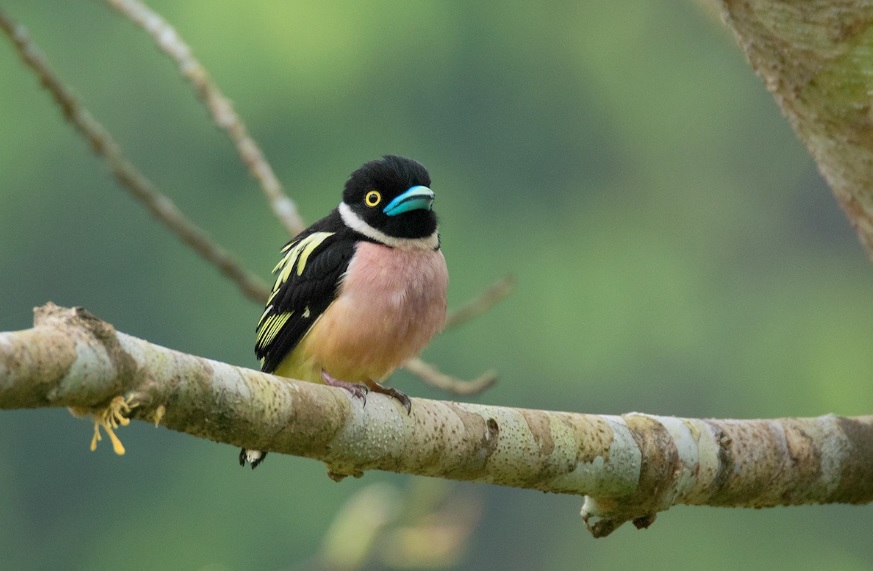 Source: Ayuwat Jearwattanakanok, Songkhla side, Songkhla, Thailand
Source: Ayuwat Jearwattanakanok, Songkhla side, Songkhla, Thailand
Advertisement
The black-and-yellow broadbill's breeding season starts with the arrival of the dry season. Wing displays have been observed being performed by both sexes before mating. Nests are built by both sexes and are typically located at the edges of clearings or above streams in obstacle-free sites but can be parasitized by cuckoos.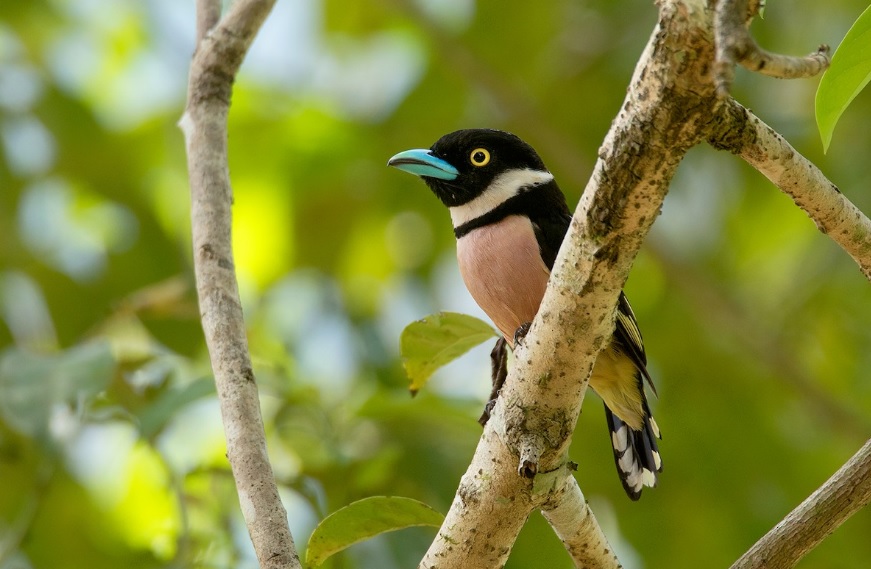 Source: Ayuwat Jearwattanakanok, Songkhla side, Songkhla, Thailand
Source: Ayuwat Jearwattanakanok, Songkhla side, Songkhla, Thailand
Advertisement
This species is listed as being near-threatened on the IUCN Red List. Its population is declining fairly quickly due to habitat loss caused by logging, land conversion, and wildfires.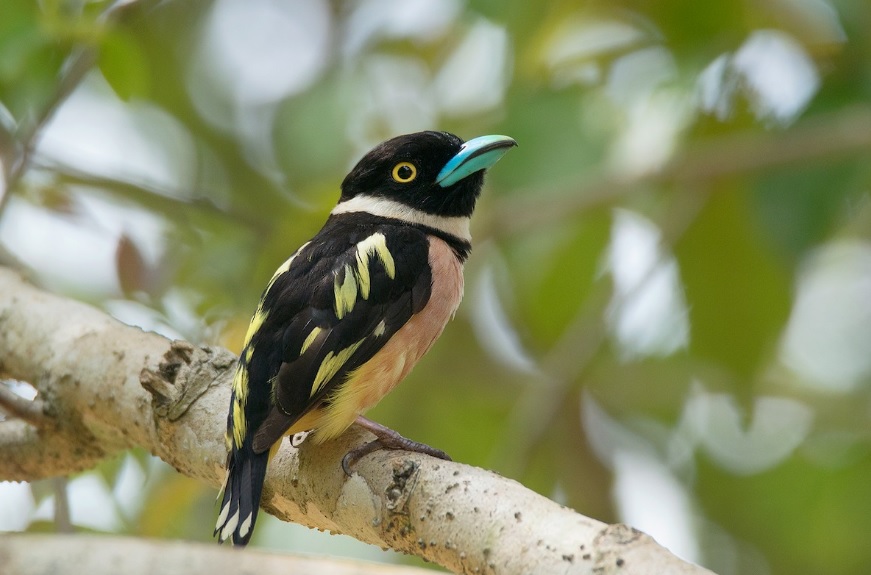 Source: Will Yan, Rainforest Discovery Center, Sabah, Malaysia
Source: Will Yan, Rainforest Discovery Center, Sabah, Malaysia
Advertisement
 Source: Wai Loon Wong, Gunung Panti RF, Johor, Malaysia
Source: Wai Loon Wong, Gunung Panti RF, Johor, Malaysia
Advertisement
If you like these beautiful little birds and want to spread the message of protecting them, please like and share about them so more people know it! Besides, expose your thought in the comment section and visit our Homepage for more interesting information about wildlife!
Share this article
Advertisement